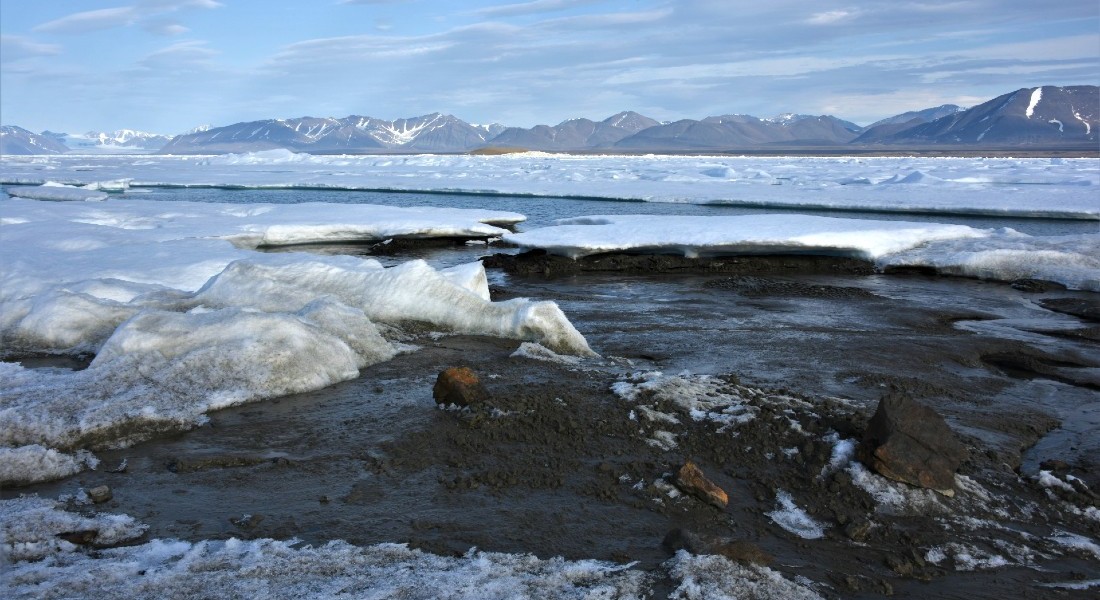Newly discovered island is the closest land to the North Pole
"We were convinced that we were standing on Oodaaq Island, which until then had been registered as the world's northernmost island."

In July, a group of scientists accidentally found themselves on a tiny island in northern Greenland made up of mounds of silt and gravel.
The expeditioners thought they had traveled to the island of Oodaaq, the northernmost island in Greenland — but they were really standing on a previously unknown island that was even further north, likely making it the closest piece of land to the North Pole.
"We were convinced that we were standing on Oodaaq Island, which until then had been registered as the world's northernmost island," expedition leader Morten Rasch, a senior consultant at the University of Copenhagen's Department of Geosciences and Natural Resource Management, said in a statement.
"But when I posted photos and the island's coordinates on social media, a number of American island hunters went crazy and said that it couldn't be true." (Island hunters, as their name suggests, seek to discover unknown islands for fun).
Related: 6 mysterious structures beneath the Greenland ice sheet
Following these social media comments, the group contacted an expert at the Technical University of Denmark, and realized that Rasch's GPS had made a mistake. Using the GPS on their helicopter, Rasch's group confirmed that they were indeed on a new island, which they say is now the northernmost island on the planet. If they found Santa, no one mentioned it.
The island is about 2,560 feet (780 meters) north of Oodaaq and is a mere 98 feet (30 m) wide and 197 feet (60 m) long, or smaller than an American football field, according to the statement. The island stands 10 to 13 feet (3 to 4 m) above sea level, and is made up of small mounds of seabed mud and moraine, or soil and rock left behind by glaciers, Rasch said.
Sign up for the Live Science daily newsletter now
Get the world’s most fascinating discoveries delivered straight to your inbox.
The small island, which is technically an expansion of the territory of Greenland and the Kingdom of Denmark, may have formed by a powerful storm that, along with the sea, pushed these different materials from the seabed together, according to the statement.
But the island might disappear soon, and probably could be categorized as a short-lived islet, according to the statement. "No one knows how long it will remain. In principle, it could vanish as soon as a powerful new storm hits," Rasch said.
Originally published on Live Science.

Yasemin is a staff writer at Live Science, covering health, neuroscience and biology. Her work has appeared in Scientific American, Science and the San Jose Mercury News. She has a bachelor's degree in biomedical engineering from the University of Connecticut and a graduate certificate in science communication from the University of California, Santa Cruz.










